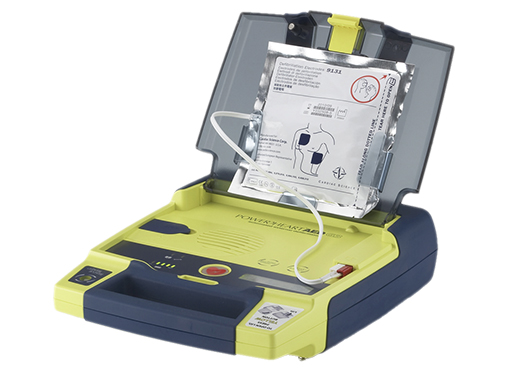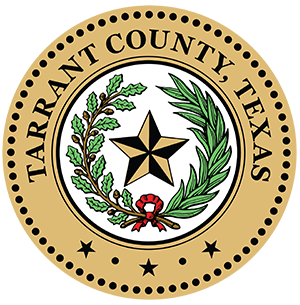Automatic Electronic Defibrillators (AEDs)
In 2001, Commissioners Court approved the purchase of Automated External Defibrillators (AEDS) to be placed in County facilities and certain County vehicles.
Tarrant County employees may attend training classes to use the AED in conjunction with CPR at no charge to employees. Sheriff department employees are trained through their training academy. The coordination of the training for all other employee’s is handled by the training coordinator in Human Resources. These classes are usually offered monthly.
Since the original purchase, units have been added to buildings. The Sheriff’s Office and the Public Health Department have purchased additional units to use in their various operations. As of August 8, 2014, Tarrant County has approximately 199 AED’s distributed among various County operations.

Every year in the US, sudden cardiac arrest (SCA) claims the lives of more than 250,000 people and hundreds of thousands more worldwide. Today, fewer than 5 percent of SCA victims survive, largely because defibrillators do not reach them in time.
In most cases, their key to survival is prompt defibrillation therapy. More than 90 percent of SCA victims survive when defibrillation occurs within two minutes of sudden cardiac arrest onset. But when defibrillation therapy is delayed more than ten minutes, the victim's chance of survival drops to less than 5 percent.
Importance of Very Early Defibrillation
In a hospital setting, SCA is often secondary to organ system dysfunction, whereas out-of-hospital SCA may occur in otherwise "healthy" people. Among the factors that can be addressed within health care environments is to provide very early defibrillation, but in other areas, long delays can occur before the first defibrillation.
Defibrillation is the most important single factor in determining survival from SCA due to ventricular fibrillation (VF). For every minute of defibrillation delay, survival chances decrease by about 7 to 10 percent. In addition, the potential for permanent brain damage increases rapidly over the first few minutes of SCA without defibrillation.
Whether in the community or a health care facility setting, survival rates can improve dramatically when trained BLS first-responders are trained to use automated external defibrillators. An AED is a highly sophisticated "smart" defibrillator, capable of analyzing the heart rhythm with the same accuracy of a trained observer of rhythms. Depending on the manufacturer, an AED may have an artifact rejection system, to minimize delays and errors in arrhythmia interpretation before making a "shock/no shock" decision. Finally, an AED coaches the user through the entire defibrillator use sequence. No medical training is required; trained responders using AEDs in community settings include police officers, security officers, airport workers, flight attendants, as well as emergency medical technicians.
In short, defibrillation is a basic life support skill for first-arriving responders whose job requires them to respond to SCA patients. The ease-of-use characteristics and relatively low cost of AEDs paves the way for more defibrillators to be readily available at a lower cost. In this way, the goal of providing prompt defibrillation for all persons with SCA due to VF can be met, with potentially dramatic improvement in both survival and neurological outcome.


 TARRANT COUNTY, TX
TARRANT COUNTY, TX

 Tarrant County
Tarrant County